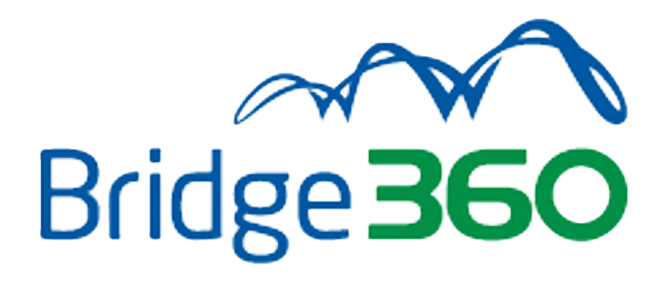Many times, we’ve heard the term 'construction winch,' yet its meaning remains unclear. That’s why the first thing we need to understand before venturing into the world of construction is its significance.
A winch is an accessory, crafted with a chain or wound wire cable, which is located on a rotating drum. They are used for transporting, lifting, or adding tension to the rope to pull or hoist an object in a state of inertia.

Example of an electric winch – shutterstock picture.
The use of a winch in construction streamlines the process of moving materials between levels. However, like all construction equipment, its operation involves certain risks, which can be summarized as follows:
- The bucket or load can tip over.
- It can drag and cause the operator to fall to another level.
- It can become entangled with a moving or fixed object.
- It can potentially strike and even cut someone.
- There’s a risk of electrocution when not handled correctly.
- It lacks a secure brake safety system.
Tips to Consider When Using a Construction Winch
- Do not exceed the maximum load capacity to avoid accidents.
- Do not place materials that exceed the maximum allowable dimensions.
- Operate only on stable surfaces.
- Do not surpass the maximum height that the winch can reach under any circumstances.
- Ensure proper functionality by checking components such as pulleys, locks, brakes, cables, etc.
- Always mark the operating area before use.
- Only qualified personnel should operate the winch.
- Do not use a winch with handmade parts.
- Follow the manufacturer’s instructions for assembly and disassembly.
Once the understanding of what a winch is and how it should be used is clear, the question arises about whether to buy or rent one. To make this decision, it’s important to take into account the advantages and disadvantages presented.
It’s worth noting that most construction companies have two ways of acquiring machinery: either purchasing or renting them for short, medium, or long terms. This decision depends on the cost and duration of the project. Therefore, understanding the pros and cons of buying versus renting becomes essential.
Click here to contact us and explore all the vertical lifting solutions we offer for your construction projects.
Advantages of Buying a Winch.
- Buying a winch saves time on rental procedures.
- When purchasing, you can select the specific model required for the project, including brand and size.
- It becomes a company asset, allowing for depreciation over time.
- It can be used at any time.
Disadvantages of Buying a Winch.
- The cost of this equipment can be high, considering not only the winch’s cost but also factors like storage and maintenance expenses.
- Over time, the asset’s value diminishes if you decide to sell it.
- Maintenance costs accrue, necessitating the hiring of a specialized company.
- Like any equipment or machinery, it becomes obsolete and requires renewal over time.
Advantages of Renting a Winch.
- Storage costs are the responsibility of the renting company.
- The winch can be rented for the specific duration needed.
- It allows access to the latest market models and the best technology.
- It offers the chance to evaluate the equipment before deciding to make it a company asset.
- It’s advisable to rent it for 12 months when the construction project is on the 5th floor or at a height of 20 meters.
Disadvantage of Renting a Winch.
- Long-term rental can become expensive.
- It doesn’t offer any tax advantages.
- Availability depends on the rental company.
- Costs increase as rental fees and insurance premiums must be paid.
- The equipment must be returned in excellent condition to avoid additional expenses for repairs.
It’s crucial to consider these aspects alongside the type and duration of the project, the company’s budget, and its personnel, to determine whether buying or renting a winch is the right choice.
References:
- https://www.crealusa.com/blog/que-es-mejor-rentar-o-comprar-maquinaria-heavy-equipment
- https://blog.escrapalia.com/es-mejor-comprar-o-alquilar-maquinaria-de-construccion/
- https://revistaconstruir.com/saber-rentar-comprar-maquinaria/
- https://dobletraccion.cl/blog/17/winche-usos-tipos-caracteristicas-pros-y-contras
- https://www.construyendoseguro.com/como-utilizar-el-winche-con-seguridad/

